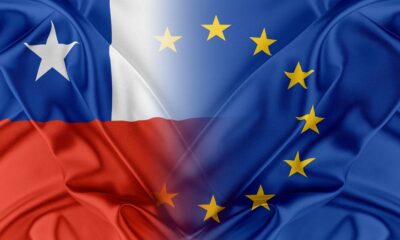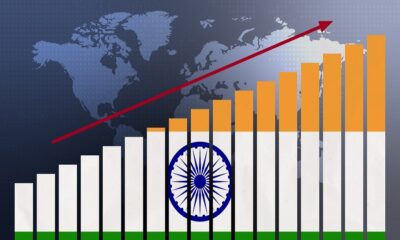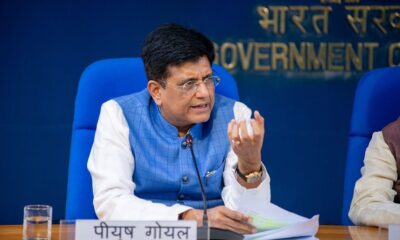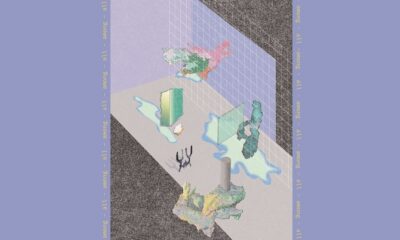Fashion
Tariff pressure casts shadow on Gujarat’s textile landscape
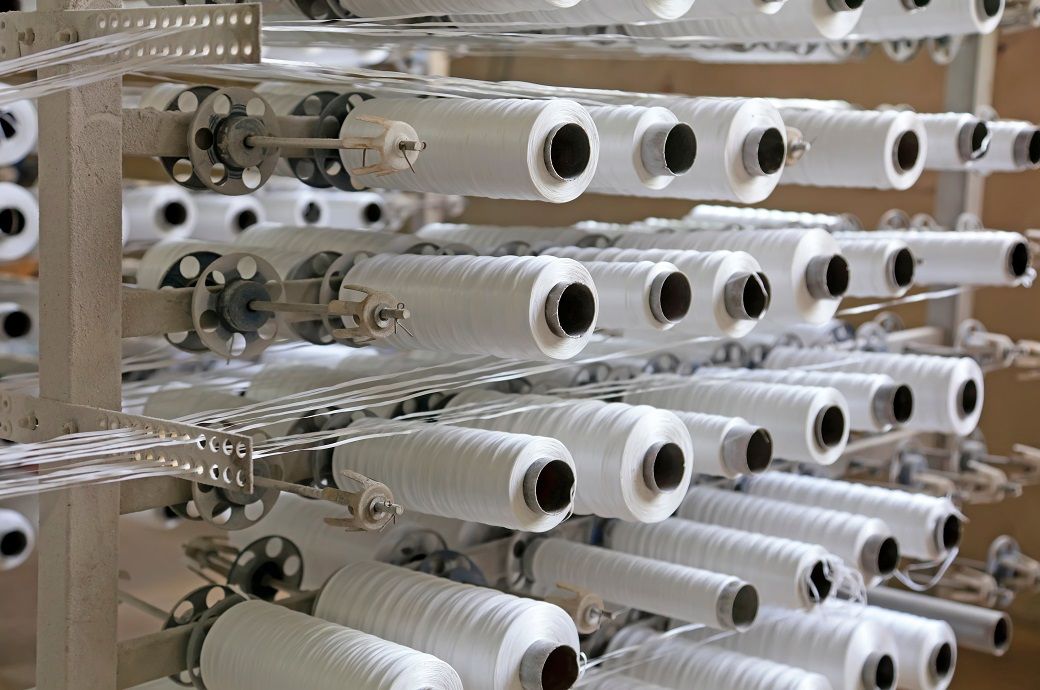
Industry insiders are ringing alarm bells over the unfolding situation “There’s no way to absorb a 50 per cent tariff hike; we don’t have the margins,” claimed one industry player in conversation with Fibre2Fashion.
Many within the industry are worried that the abrupt increase in US tariffs could derail their businesses completely.
The duties on Indian textiles and apparel exports to US, across categories, will reach alarming levels.
Carpets will reportedly face a 52.9 per cent tariff, knitted garments 63.9 per cent, woven garments 60.3 per cent, and textiles & made ups 59 per cent.
In FY25, Gujarat’s export landscape was led by petroleum products at $43.9 billion, followed by engineering goods worth $16.6 billion, gems and jewellery at $8.3 billion, and textiles at $5.6 billion, as per some estimates. While textiles may not be the state’s top export, it is especially important due to the large-scale employment and deeply integrated supply chains that it supports. Now, with tariffs set to double—from 25 per cent to 50 per cent—industry players are bracing for the worst even as some expressed apprehensions that the abrupt increase in tariffs could derail their businesses altogether.
Reflecting the wider sentiment, an industry player explained that US shipments across the board have been put on hold while many well-established direct exporters are also struggling to keep operations running smoothly as shockwaves from the tariff hike spread through every link in the textile value chain. Mills, job work units, and raw material suppliers are already beginning to feel the heat, and if large exporters start losing orders, the consequences could cascade down to the smallest players in the ecosystem, creating a widespread disruption.
Order cancellations for US shipments are already piling up, media reports claim, and industry players confirm the slowdown is real—with no clarity on what lies ahead.
What compounds the issue further is the fact that the 50 per cent tariff is not a standalone levy—it is in addition to the standard import duty already in place in the US. Some estimates indicate that total duties on Indian textiles and apparel exports to the US will now reach alarming levels across various categories: carpets will face a 52.9 per cent tariff, knitted garments 63.9 per cent, woven garments 60.3 per cent, and textiles and made ups 59 per cent.
These figures illustrate just how uncompetitive Indian products will become under the new regime, effectively pricing them out of the US market.
In response to the emerging crisis, the Ministry of Commerce and Industry has reportedly begun reaching out to export-heavy states like Gujarat, Maharashtra, and Tamil Nadu, urging them to extend support to labour-intensive industries such as textiles. Simultaneously, the Central Government is reportedly working on a three-pronged approach to help exporters navigate the fallout from the US tariffs. One key component of this strategy involves the launch of a sector-specific support scheme under the proposed ₹2,250 crore Export Promotion Mission. The objective is to offer immediate relief to impacted sectors, while also identifying alternative international markets for redirected exports and encouraging domestic consumption of surplus products.
The Union Ministry of Textiles, for its part, has reopened the Production-Linked Incentive (PLI) scheme for the textile sector, inviting fresh applications from eligible entities. This decision came in response to growing appeals from the industry, which has been seeking urgent support to weather what many view as an existential threat.
The Government has also recently removed the 11 per cent import duty on cotton till September 30 this year, in a move to help the domestic textiles industry to deal with the US tariff issue.The decision, notified by the Central Board of Indirect Taxes and Customs (CBIC), is expected to lower input costs across the textile value chain encompassing yarn, fabric, garments, and made ups and provide much needed relief to manufacturers.
However, there is still scepticism within the industry if such interventions could help insulate it from the implications of high tariffs and long-term damage.
Fibre2Fashion News Desk (DR)
Fashion
Mielle becomes NFL’s first textured haircare partner

Published
December 1, 2025
Textured haircare brand Mielle has launched a new partnership with the National Football League, marking the League’s first collaboration with a textured haircare company.
The campaign aims to support the millions of NFL fans with textured hair—women now make up about half of the NFL’s fanbase—while addressing the unique hair challenges faced by athletes wearing helmets, including dryness, breakage and frizz.
The partnership expands Mielle’s growing footprint in professional sports and is designed to boost representation, access to high-quality care, and product innovation for textured-hair athletes and fans.
“The NFL is excited to have Mielle, a brand that is committed to performance, community, and empowering fans and athletes, lean into the NFL partnership” said Tracie Rodburg, SVP global partnerships, NFL.
“This partnership aligns with the league’s mission to build lasting connections within our communities nationwide and celebrate the self-expression of our players and fans.”
The P&G brand says the collaboration gives Mielle a major platform to showcase the performance of its dermatologist-reviewed, Skin Health Alliance–accredited formulas under real athletic conditions.
“We’re honored to be the first textured hair care partner of the NFL through our partnership with P&G,” said Monique Rodriguez, founder and CEO, Mielle. “For so many of us, football represents family and community. It’s attending cookouts, tailgates, reconnecting with family and friends, and showing up in your favorite team colors. And for millions of fans, that includes twisting, braiding, and caring for your textured hair before kickoff.”
The announcement is accompanied by a social-first campaign, including the viral “Passing the Phone” video moment featuring talents across the league from including players, executives and agents, to players’ families and on-air talent.
Copyright © 2025 FashionNetwork.com All rights reserved.
Fashion
India’s logistics push puts fashion in the fast lane
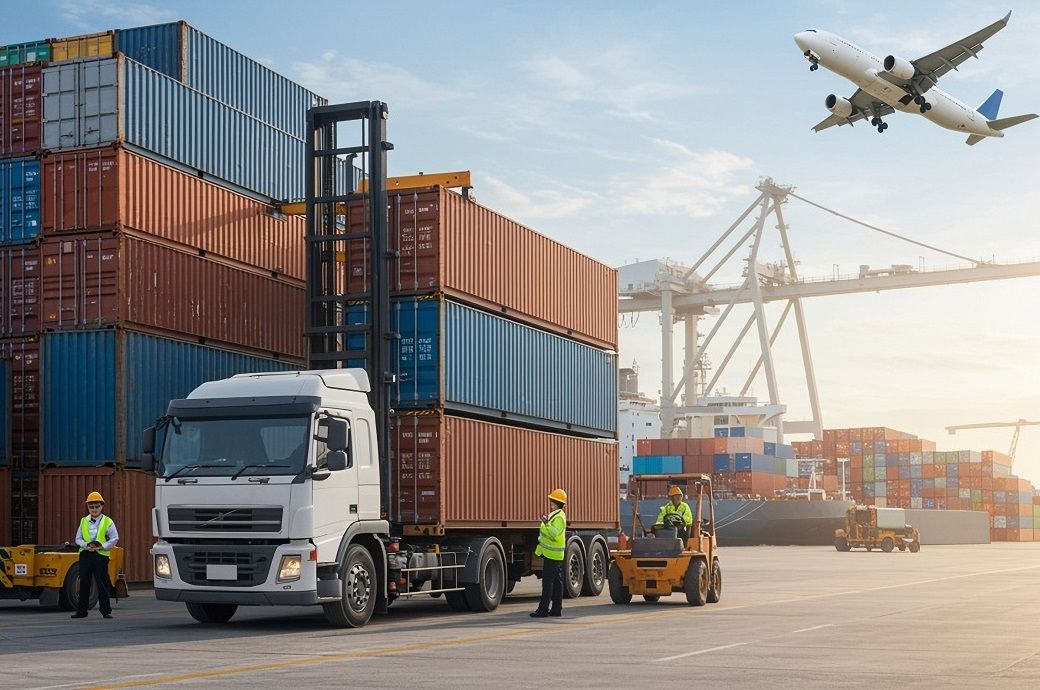
The government’s three-year scorecard backs this up. Since its launch in September ****, ULIP has integrated more than thirty logistics and customs systems and clocked over *.* billion (***+ crore) API transactions as of around August ****, effectively treating data flows like rails. LDB, operational since July ****, has cumulatively tracked over ** million EXIM containers across *** inland container depots (ICDs) by around August ****, turning container visibility from a premium add-on into the default. A Transportation Emissions Measurement Tool (TEMT), developed by IIM Bangalore and partners and endorsed by DPIIT, now gives exporters an ISO-*****-aligned way to report logistics emissions, so freight can sit alongside product footprints in sustainability dossiers.
From Map to Mill Gate: What Gati Shakti Has Actually Changed
Fashion
Modella eyeing another acquisition, this time it’s the Wynsors footwear chain
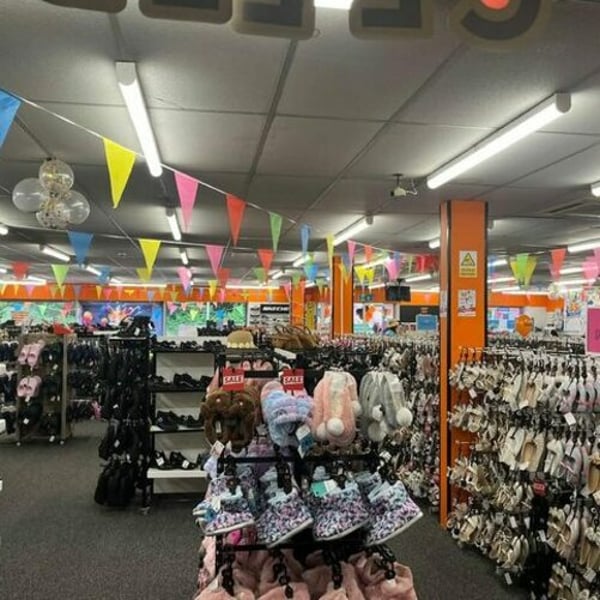
Published
December 1, 2025
Modella Capital is fast becoming one of the most acquisitive businesses on the UK high street and the latest retailer in its sights is footwear chain Wynsors World of Shoes.
That’s according to Sky News, which said the investment firm is targeting a takeover of the privately owned footwear retailer and is currently in “advanced talks”.
Wynsors trades from around 50 standalone shops across the north of England and Modella is now “the likeliest buyer” of the business, with expectations of a deal before the end of the year.
Modella was recently in the news as the buyer of Claire’s UK business. It also recently bought the non-travel locations of WH Smith (now renamed TG Jones) and owns Hobbycraft and The Original Factory Shop too. It had earlier hoped to add Poundland to its portfolio but missed out on that one.
Wynsors has been looking to sell for around two months and accountancy firm RSM had been hired explore interest from prospective bidders, Sky News said.
The chain trades from around 50 standalone stores and 40 concessions. It sells brands including Adidas, Skechers, Hush Puppies, Clarks, Nike, kickers and more. And although its sells footwear for women, men and children, it focuses particularly on school shoes.
Copyright © 2025 FashionNetwork.com All rights reserved.
-

 Sports1 week ago
Sports1 week agoWATCH: Ronaldo scores spectacular bicycle kick
-

 Entertainment1 week ago
Entertainment1 week agoWelcome to Derry’ episode 5 delivers shocking twist
-

 Politics1 week ago
Politics1 week agoWashington and Kyiv Stress Any Peace Deal Must Fully Respect Ukraine’s Sovereignty
-

 Business1 week ago
Business1 week agoKey economic data and trends that will shape Rachel Reeves’ Budget
-

 Tech6 days ago
Tech6 days agoWake Up—the Best Black Friday Mattress Sales Are Here
-

 Politics1 week ago
Politics1 week ago53,000 Sikhs vote in Ottawa Khalistan Referendum amid Carney-Modi trade talks scrutiny
-

 Fashion1 week ago
Fashion1 week agoCanada’s Lululemon unveils team Canada kit for Milano Cortina 2026
-

 Tech6 days ago
Tech6 days agoThe Alienware Aurora Gaming Desktop Punches Above Its Weight


